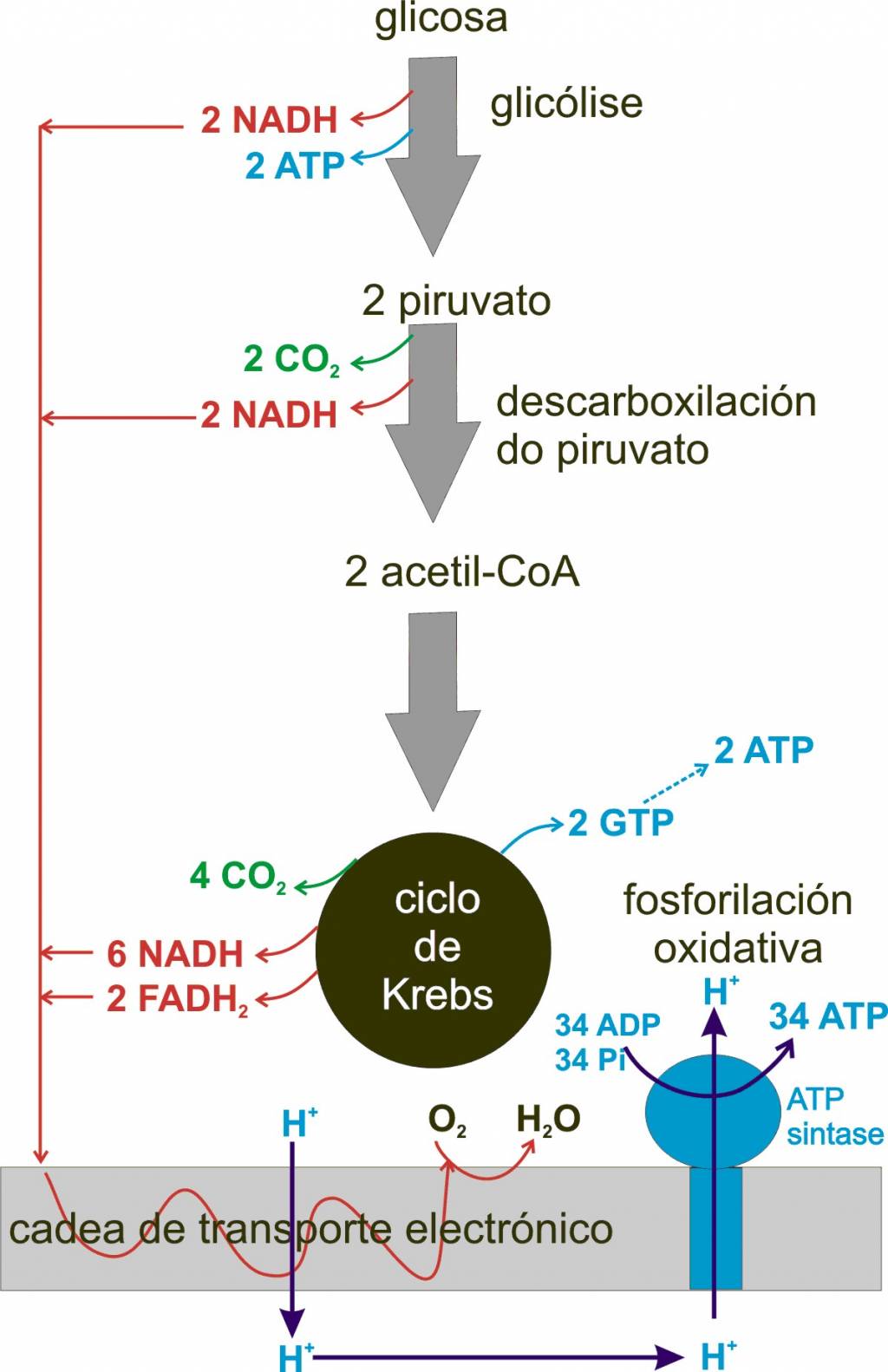Jul 02, 2019 The more efficiently your cells create ATP energy through cellular respiration, the better your body feels and performs. Red and NIR light stimulates mitochondria and works against nitric oxide & oxidative stress that weakens our cells and slows us down. Key enzymes and feedback inhibition. How cellular respiration can be sped up or slowed down. Key enzymes and feedback inhibition. Regulation of cellular respiration. This is the currently selected item. Practice: Fermentation and anaerobic respiration. Sort by: Top Voted. Connections between cellular respiration and other pathways.
Advantages Of Cellular Respiration

Nov 09, 2017 This article highlights the key functions of carbohydrates. Carbs are controversial, but no matter where you fall in the debate, it's hard to deny that they play an important role in the human body.
Cellular respiration is the process by which cells convert food energy like glucose into a form of energy that can be used to build and repair tissue and carry on other cell functions. Coenzyme A, synthesized by the body from pantothenic acid, or vitamin B-5, plays a key role in aerobic cellular respiration.
Glycolysis
Glycolysis is the first step in cellular respiration. It is the process by which cellular metabolism begins converting glucose, the main fuel used by the body obtained from starches and sugars, into usable energy. In glycolysis, glucose is partially oxidized, creating adenosine tri-phosphate, or ATP, the nucleotide that stores energy in the body in a form cells can readily use, according to the Johnson County Community College. Glycolysis also produces some waste in the form of carbon dioxide, which is exhaled, and an acetyl group called pyruvic acid, which then joins with coenzyme A for the next step of cellular respiration.
Acetyl Coenzyme A Formation
The Main Function Of Cellular Respiration Is To Generate
After glycolysis, pyruvic acid enters the cell mitochondrion, where it combines with coenzyme A to form acetyl CoA, according to the Clinton Community College. In the process, each pyruvic acid molecule loses one carbon atom, which combines with available oxygen to produce carbon dioxide, which is released through exhaling. Nicotinamide adenine dinucleotide, or NAD, also carries away hydrogen in the process of oxidation, becoming NADH. The remaining carbon atoms bond with coenzyme A, creating acetyl CoA.
Kreb's Cycle
When oxygen is present, cellular respiration continues after glycolysis with a process called the Kreb's cycle. In the Kreb's cycle, Acetyl CoA combines with a four-carbon compound in the mitochondria. Coenzyme A is released once again back into the cell structure, while the two carbons that had rendered it an acetyl group join the four-carbon compound, turning it into a six=carbon compound. This six-carbon compound combines with the oxygen from the NADH in a series of steps that generates more ATP, the chief storage structure of cellular energy.
Sources and Interactions
Coenzyme A is created in the body from dietary components, most notably pantothenic acid, according to the Oregon State University Linus Pauling Institute. Pantothenic acid deficiency is rare, occurring only in cases of extreme malnutrition. Dietary sources of pantothenic acid include yogurt and milk, fish, chicken and eggs, lentils and peas, and yeast breads. Oral contraceptives might increase the need for pantothenic acid intake. Taking pantethine, a version of pantothenic acid used to lower cholesterol, along with statins might enhance the statins' effect on serum lipids.